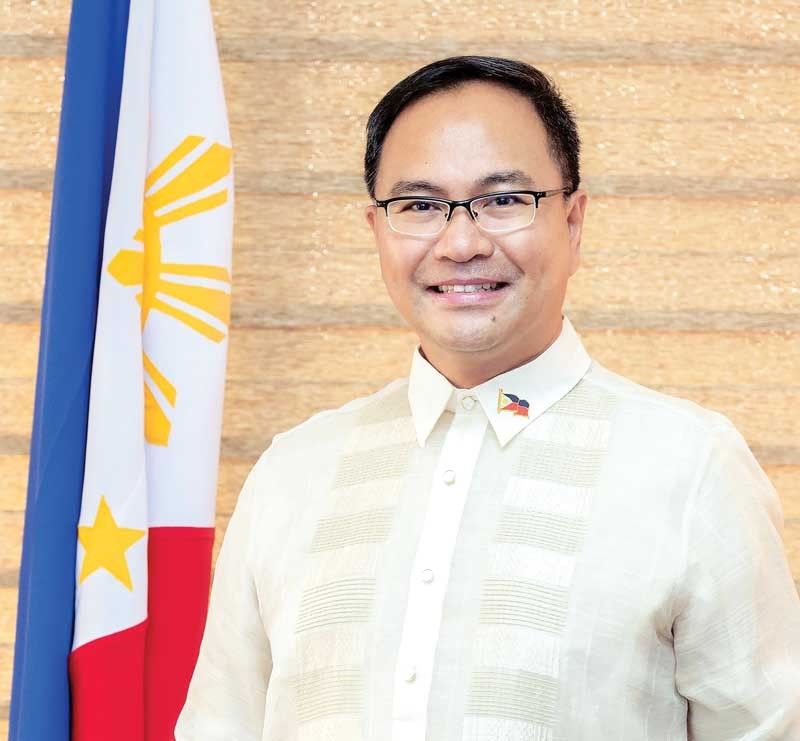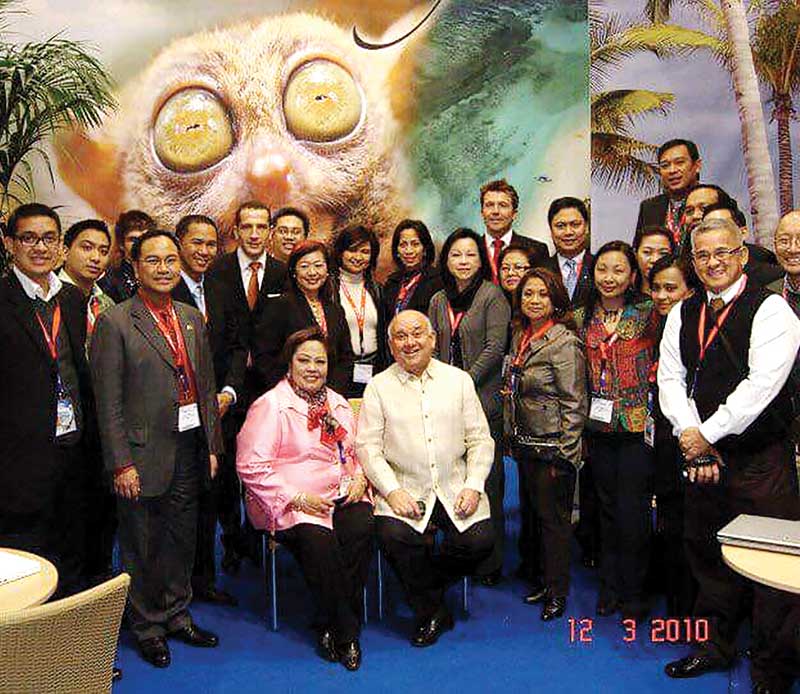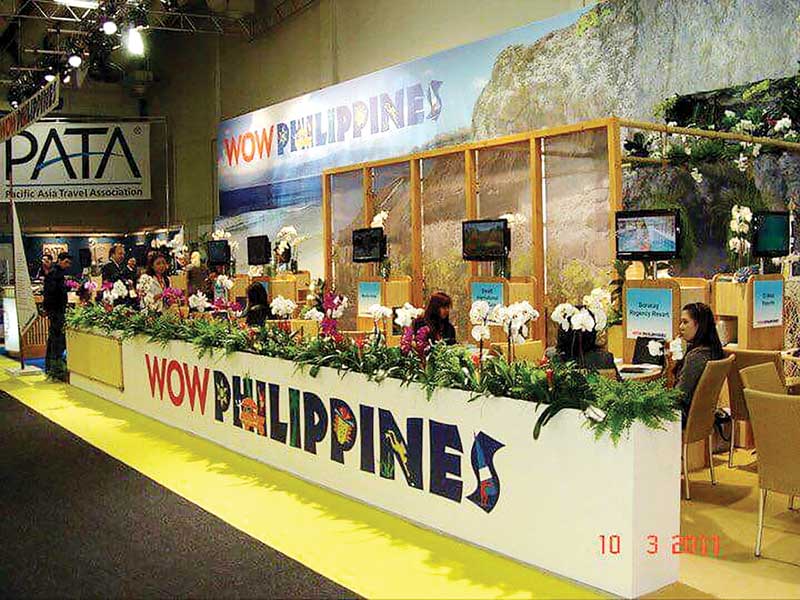Promoting the Philippines abroad through crisis

MANILA, Philippines — How do you promote the Philippines as an ideal tourist destination in Europe when you are faced with the following: the end of direct flights from Manila to Paris, Frankfurt and London; the hostage of European tourists; and the blacklisting of all Philippine carriers in Europe.
These were the three major challenges that I faced during my deployment as the marketing and PR officer of the Department of Tourism (DOT) in Europe — first in Paris from November 1996 to May 2005; and then in Frankfurt from June 2005 to April 2014, or a total of almost 18 years promoting the interests of Philippine tourism in Europe.
In 1998, while I was still in Paris, Philippine Airlines (PAL) ceased flight operations from Manila to Paris, Frankfurt and London, and vice versa. This was a big blow to our promotions in France and, of course, the whole of Europe. Before this happened, DOT Paris and PAL Paris implemented major joint promotional undertakings particularly in familiarization trips for both travel trade and media. And then all of a sudden, with the ceasing of flights, we were faced with the predicament of how to sustain our promotions in this part of the world!
So what do you do with such a challenge? Work with other carriers that fly to the Philippines from Europe, never mind if there was a stopover in their respective hubs. In the first place, there was no exclusivity as far as partnering with carriers was concerned. The DOT, being a government body, is tasked to work with all carriers when it comes to tourism promotions. And so, our working relationship strengthened further with Cathay Pacific, Singapore Airlines and Qatar Airways, among others.
And then came the year 2000, the biggest blow to promoting the country in Europe came like a thief in the night: the Jolo hostage crisis! A group of European tourists on a scuba diving trip in Sipadan, Malaysia, was taken hostage by the Abu Sayyaf group. This news lingered in the French press for a whole year! The image that resonated to the majority of the French was that the Philippines was a dangerous country. In this instance, I applied the learning I got in crisis management — basically by not denying to both travel trade and press that this happened; but that we (the government) were doing everything possible to quickly resolve this issue, and release the hostages safely and soon.
In the meantime, we continued participating in travel trade and consumer fairs, invited tour operators and media to visit the Philippines and showed to them that Jolo was far from the major tourist destinations in the country. I remained positive, and (to borrow the words of Miss Universe Catriona Gray) looked at the silver lining vis-à-vis the unfortunate hostage crisis.

DOT tourism officials promote the country at ITB in Berlin, 2010.
I’ve always believed that in every difficult situation, there is always light at the end of the tunnel. After almost a year of negotiations, the hostages were released. Although the damage was done as far as the image of the Philippines in Europe was concerned, I always reminded myself that time heals all wounds. With perseverance and continued promotions, the confidence of the French travelers to visit the Philippines came back.
Everything was going well until 2010 when all airlines in the Philippines, including PAL and Cebu Pacific, were blacklisted by the European Union (EU) after the United Nations and US aviation authorities found “serious safety deficiencies.”
What, you may ask again, was its effect to Philippine tourism, considering that in 2010, PAL was no longer flying to Europe? This meant that, aside from the fact that no airlines from the Philippines could fly to Europe, the European travelers, even if they took another carrier to fly to the Philippines, could no longer fly to the islands domestically. This was because should something happen while flying via Philippine air carriers, they would not be covered by their insurance!
What we did was propose to European tour operators to combine air-land-sea transport, which most did. For example, the Manila-Banaue itinerary combined with Puerto Galera became popular. In Europe, one of the most popular, if not the most popular Philippine product is the Banaue Rice Terraces, considered the 8th wonder of the world and is a UNESCO World Heritage site. Most of the packages included a trip to this marvelous attraction, with Manila as a stopover, and then a choice of beach destination such as Palawan, Boracay, and Cebu/Bohol, flying out of Manila.
During the EU blacklist, either the programs were a combination of Banaue-Manila-Batangas-Puerto Galera with the latter as the beach destination; or a Northern Luzon cultural package, incorporating Banaue with Ilocos/Vigan; or a Visayas circuit, usually a Cebu-Bohol-Dumaguete-Siquijor loop.

Promoting The Philippine stand at ITB travel fair in 2011 showing DOT’s previous campaign, Wow Philippines.
Fortunately, the EU lifted the safety ban on flag carrier Philippine Airlines (PAL) in July 2013, and the following year, lifted the same with Cebu Pacific.
In all those years I spent in Europe, I learned to be persistent, with a firm resolve to promote the interests of my country in a region that knew not much about the Philippines. I believe that I helped to successfully showcase and present a favorable and positive image of the Philippines contrary to what was being shown in the European media.
In the end, what was important was that I served my country and the Department of Tourism well and to the best of my ability. To this day, this passion is what keeps me going in my present designation as Acting Head, Office of the Deputy Chief Operating Officer for Marketing and Promotions at the Tourism Promotions Board (TPB). - Arnold Gonzales
* * *
Arnold T. Gonzales is the acting Deputy Chief Operating Officer (DCOO) for marketing and promotions and concurrent head of the International Promotions Department of the Tourism Promotions Board (TPB).



















